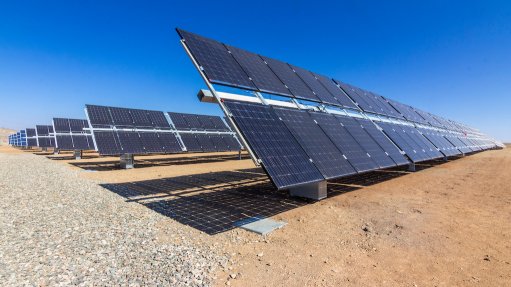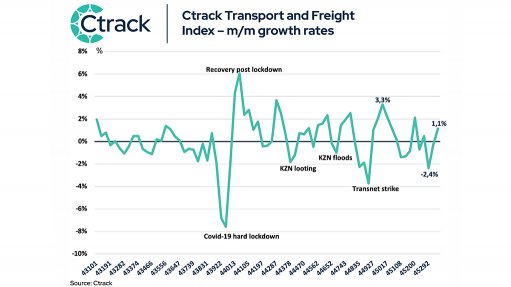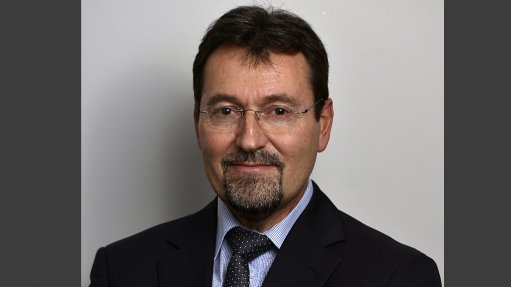South African savings growth reached a record in 2021, but outlook bleaker
For the third year in a row, global financial assets grew by double-digits in 2021, reaching €233-trillion, the ‘Allianz Global Wealth Report 2022’ shows.
The report indicates that, in retrospect, 2021 might have been the last year of the old “new normal”, with bullish stock markets powered by monetary policy.
Households benefitted handsomely; for the third year in a row, global financial assets grew by double-digits in 2021, reaching €233-trillion as mentioned. In the last three years, private wealth increased by a considerable €60-trillion. This amounts to adding two eurozones to the global financial pile.
The main growth driver was the stock market boom, contributing about two-thirds to wealth growth in 2021 and propelling the asset class of securities higher by 15.2%.
Fresh savings, however, remained elevated, too. Despite dropping by about 19% in 2021, by €4.8-trillion, they still came in 40% above the level seen in 2019.
The composition of savings, too, changed, albeit only slightly. Bank deposits’ share fell, but at 63.2% they remained by far the preferred asset class of savers. On the other hand, securities as well as insurance and pensions found increasing favour with savers, but their shares in fresh savings were much smaller, with 15.1% and 17.4%, respectively.
Reflecting these dynamics, global bank deposits grew by only 8.6% in 2021, still the second largest increase on record (after the 12.5% jump in 2020). Insurance and pension fund assets showed much weaker development, rising by 5.7%.
SOUTH AFRICA
There was record growth for South African savings, which grew by 15.4% in 2021, clocking the fastest increase since the 2008/9 global financial crisis (GFC) and well above its ten-year average of 8%.
Part of the explanation is inflation, which averaged 4.5% in 2021; yet, the increase in real wealth remains notable.
All asset classes contributed to the strong performance. Bank deposits grow by 8.6% last year, securities by 20% and insurance and pensions assets by 14.7%. The latter asset class remains by far the most popular in South Africa, with a portfolio share of 56%.
Bank deposits, on the other hand, which play a dominant role in most other emerging markets, only have a share of 13%.
Liabilities’ growth, too, accelerated in 2021, clocking in a 6.3% increase in South Africa, slightly above the long-term average of 5.7%.
The debt ratio, however, dropped to 42%, owing to strong economic activity.
South African households’ net wealth grew by 18.1%, reaching €550-billion.
Although wealth growth in South Africa remains relatively robust, this comes with a major caveat – in no other country in Allianz’s sample, is wealth concentration higher. The top 10% of the wealth pyramid own 85% of all net financial assets (against an unweighted average of 62%).
BLEAKER OUTLOOK
The report says this year marks a turning point. The war in Ukraine choked the recovery post-Covid-19 and turned the world upside down – inflation is rampant, energy and food are scarce, and monetary tightening squeezes economies and markets, it outlines.
Households’ wealth will feel the pinch. Global financial assets are set to decline by more than 2% this year, the first significant destruction of financial wealth since the GFC in 2008.
In real terms, households will lose a tenth of their wealth. However, in contrast to the GFC which was followed by a relatively swift turnaround, this time the mid-term outlook, too, is rather bleak, as average nominal growth of financial assets is expected to be at 4.6% until 2025, compared with 10.4% in the preceding three years.
RETURN OF DEBT
At the end of 2021, global household debt stood at €52-trillion.
The yearly increase of +7.6% vastly outpaced the long-term average of 4.6% and 2020’s growth of 5.5%. The last time higher growth was clocked was in 2006, well before the GFC.
However, owing to the sharp increase in nominal output, the global debt ratio even fell to 68.9%.
The geographic allocation of debt has changed since the last crisis. While the share of advanced markets is in decline, emerging economies account for an ever-rising portion of global debt, first and foremost Asia (excluding Japan). Its share has more than doubled over the past decade to 27.6%.
Comments
Press Office
Announcements
What's On
Subscribe to improve your user experience...
Option 1 (equivalent of R125 a month):
Receive a weekly copy of Creamer Media's Engineering News & Mining Weekly magazine
(print copy for those in South Africa and e-magazine for those outside of South Africa)
Receive daily email newsletters
Access to full search results
Access archive of magazine back copies
Access to Projects in Progress
Access to ONE Research Report of your choice in PDF format
Option 2 (equivalent of R375 a month):
All benefits from Option 1
PLUS
Access to Creamer Media's Research Channel Africa for ALL Research Reports, in PDF format, on various industrial and mining sectors
including Electricity; Water; Energy Transition; Hydrogen; Roads, Rail and Ports; Coal; Gold; Platinum; Battery Metals; etc.
Already a subscriber?
Forgotten your password?
Receive weekly copy of Creamer Media's Engineering News & Mining Weekly magazine (print copy for those in South Africa and e-magazine for those outside of South Africa)
➕
Recieve daily email newsletters
➕
Access to full search results
➕
Access archive of magazine back copies
➕
Access to Projects in Progress
➕
Access to ONE Research Report of your choice in PDF format
RESEARCH CHANNEL AFRICA
R4500 (equivalent of R375 a month)
SUBSCRIBEAll benefits from Option 1
➕
Access to Creamer Media's Research Channel Africa for ALL Research Reports on various industrial and mining sectors, in PDF format, including on:
Electricity
➕
Water
➕
Energy Transition
➕
Hydrogen
➕
Roads, Rail and Ports
➕
Coal
➕
Gold
➕
Platinum
➕
Battery Metals
➕
etc.
Receive all benefits from Option 1 or Option 2 delivered to numerous people at your company
➕
Multiple User names and Passwords for simultaneous log-ins
➕
Intranet integration access to all in your organisation

















